The Hidden Treasures of the Qumran Caves
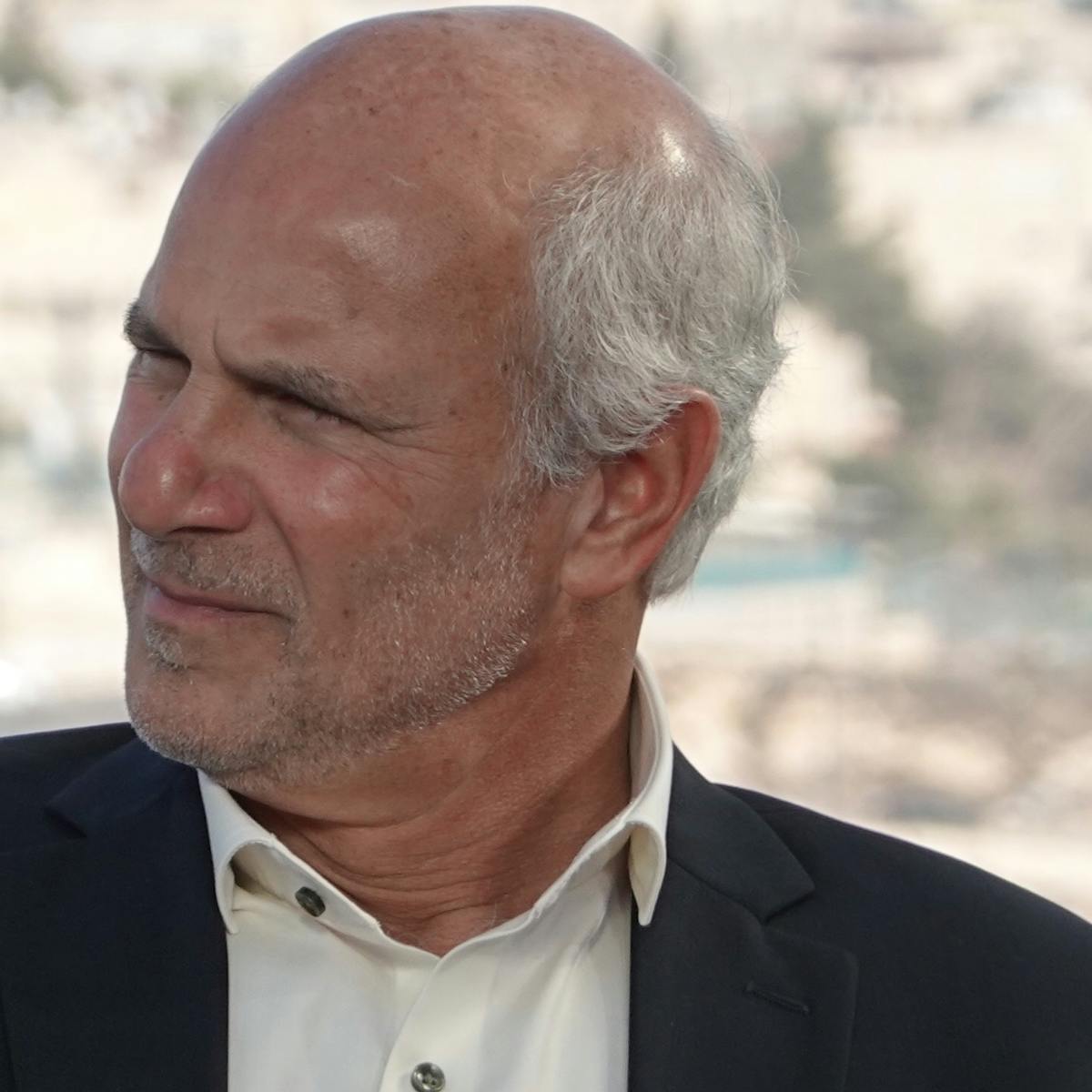
Hidden from sight for over 2,000 years, a biblical/archeological treasure was discovered high up on the cliffs of the northwestern shore of the Dead Sea. The year was 1947, just before the historic UN vote confirming the establishment of the State of Israel.
This rugged region of the Judean wilderness, part of the territory apportioned to the Tribe of Judah, is rich with biblical and prophetic history. It spans from the judgment of Sodom and Gomorrah to young David’s flight from King Saul.
It also includes Jesus’ 40 days of temptation by Satan. Now, 2,000 years later, unexpectedly and seemingly out of nowhere, another great biblical saga unfolded.
It was the year just before the rebirth of the Jewish State of Israel. The region was still under the governing authority of the British Mandate (which was to end the next year) and beset with tensions and friction between the Jewish and Arab communities.
It was at this turbulent period of the “birth pains” of Israel, that a Bedouin shepherd boy, searching for a stray goat, entered a deep dark cave along the steep rocky ridge rising from the seashore.
Hurling a stone into the dark cavity in hopes of chasing out the lost animal, the boy heard the sound of breaking pottery… a sound that soon shocked and forever changed the world of biblical archeology!
Climbing into the dark recesses of the deep cave, the shepherd boy was amazed to discover what must have appeared to him as an old mysterious treasure. Pulling out an ancient broken clay jar, the shepherd discovered ancient leather scrolls written in biblical Hebrew; scrolls that were soon recognized to be the very first harvest of the famous “Dead Sea Scrolls.”
Following an “Indiana Jones” tale of adventure and dangers during which they were nearly lost and destroyed, an Arab antiquities dealer in Bethlehem confirmed the authenticity of the scrolls as actual Second Temple era Hebrew manuscripts.
With growing rumors of the treasure and increasing attention by various interested parties, some of the scrolls were sold to the Syrian Orthodox Church in Jerusalem and ended up in New York. The bulk of them, however, was secured by Israeli scholars who initiated an extensive study, analysis, and restoration project that will last many years and draw the global attention of archeologists and biblical scholars until today.
The Israeli Antiquities Authority conducted a thorough scientific operation in specially prepared labs in Jerusalem. They were in charge of preserving these groundbreaking treasures, securing more fragments of the original scrolls. Additionally, they retrieved new ones from archaeological excavations in other Qumran caves.
With hundreds of scrolls discovered and recovered from their dark and hidden “vaults,” a thorough examination was conducted over many years, confirming the authenticity, the source, the purpose, and the message of these Qumran scrolls. Before your next visit to Israel with one of our Sar-El groups, we would like to tell you their story.
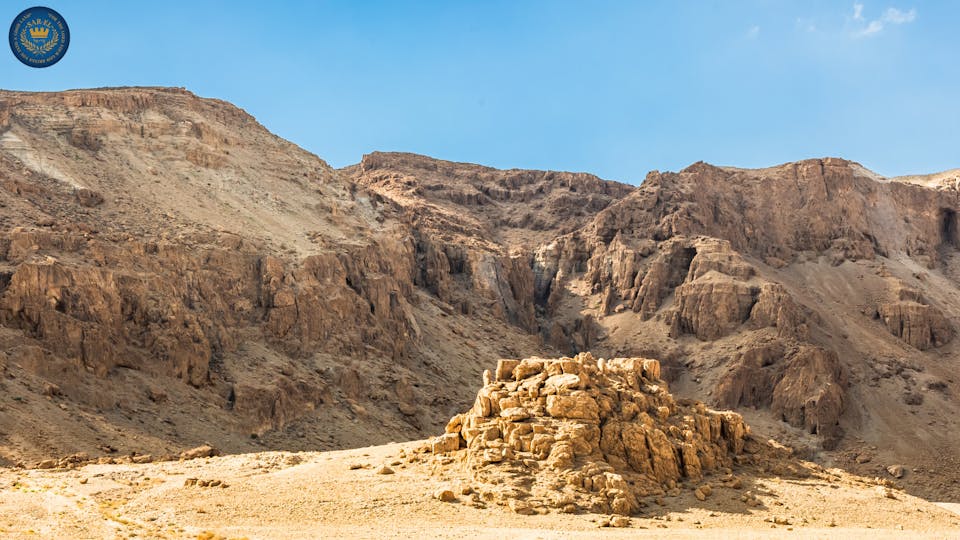
The Ancient Plot Thickens
As the historical dust was gently brushed off the ancient scroll fragments, and the pieces of this remarkable puzzle came together, scholars made a significant discovery. They realized that the Qumran site was once home to an ancient Jewish community. This settlement lay along the northwestern shores of the Dead Sea, about 16 kilometers south of Jericho.
But who were these “separatist Jews?” Why did they build their community in the arid and distant wilderness of Judea by the Dead Sea, far from civilization and isolated from prying eyes and worldly influences?
What message did they conceal in these hidden scrolls which were deposited in clay jars deep inside hard-to-reach caves? And possibly the most intriguing question, why was the message of the scrolls revealed 2,000 years later, just before the rebirth of the State of Israel?
The professor of archeology from the Hebrew University in Jerusalem who led the early research project described his feelings, saying, “… my hands shook as I started to unwrap the first scroll… I read a few sentences … it was written in a beautiful biblical Hebrew… the language was like that of the psalms… but the text was unknown to me… suddenly I had a feeling that I was privileged by destiny to gaze upon a Hebrew scroll that had not been read for more than 2,000 years…”
Altogether, more than 900 fragments of ancient scrolls were discovered and recovered at the Qumran Caves. These 2,000 plus year old manuscripts which were preserved in the dark and dry environment of the caves were now meticulously and lovingly restored and put together by Israeli scholars.
The scrolls soon began to reveal the purpose and sentiments of their writers. Remarkably, they were found to contain portions from all the books of the Old Testament Hebrew Bible, except for the book of Esther. This book was absent from the ancient library, as it was added to the canon of Hebraic Scriptures only in later centuries.
And not only biblical texts, but some of the Qumran scrolls included detailed descriptions of the community’s lifestyle, religious beliefs, customs, and prophetic expectations of the end of the age.
Prominent among the scrolls containing partial texts from the books of the Hebrew Bible was one very special scroll. This one contained the entire text of the book of the prophet Isaiah in its original Hebrew language; an unmatched biblical treasure that is on display today at the Israel Museum in Jerusalem.
In fact, nearly every one of our Sar-El Tours groups traveling in Jerusalem gets to visit the special site of the “Shrine of the Book” and see with their own eyes this ancient Hebraic biblical text which was written by the Jewish scribes of Qumran more than 2,000 years ago, making it the oldest discovered Hebrew biblical text!
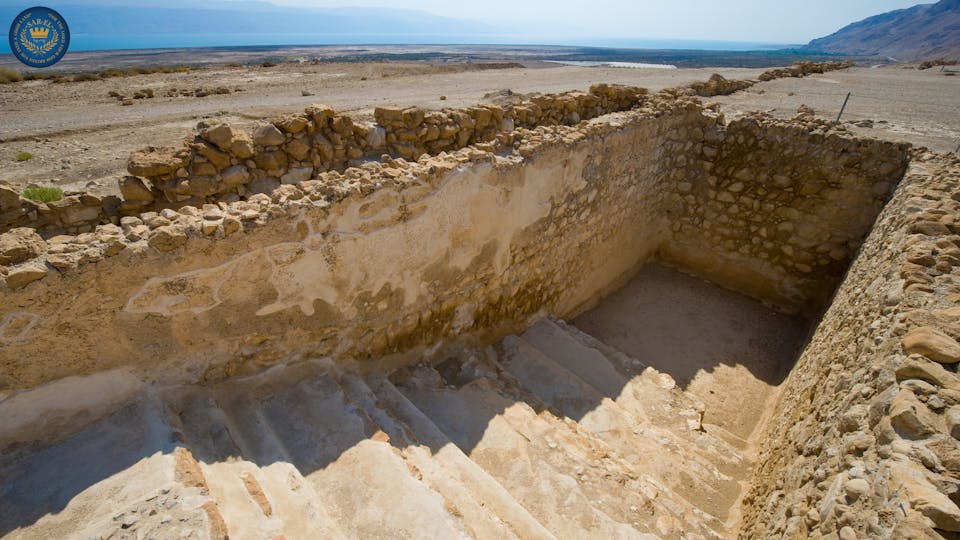
Who were the Essenes?
A Jewish isolated community known as the Essenes, or the “Dead Sea Sect,” made their home at the Qumran remote region for hundreds of years. Known as religious separatists, they distanced themselves from the corruption and worldliness of the priestly families in Jerusalem.
They dedicated themselves to biblical studies, purity, a simple lifestyle, daily rituals of cleansing, and celibacy. They were expecting and preparing for the end of times and for the coming of God’s Kingdom to earth.
Some believe that John the Baptist lived at Qumran for a time among the Essenes where he learned their customs and traditions before launching his own “forerunner” ministry which introduced the Messiah to Israel as recorded in the gospels.
Many Bible scholars point to similarities of lifestyle and customs between John and the Essenes, leading even to similarities of texts between some of the Essene documents and some New Testament writings describing John and his ministry.
Archeologists believe that Qumran was first inhabited by Jewish religious separatists during the 7th- 8th Centuries BC, and then flourished between the 2nd Century BC and the 1st century AD. They were there for the entire period of time during which Jesus the Messiah appeared on earth and the early Church community was born in Jerusalem. It was during the first Jewish revolt against Rome in 66-73 AD, that Qumran was destroyed by the Romans and its inhabitants killed or driven away.
Later on in the 2nd Century AD and during the second Jewish revolt against Rome, Bar-Kochva (who ended up as a false messianic figure) and his army of Jewish zealots found shelter in the Qumran ruins for a short time until they too were defeated by the Romans.
The excavations and restoration of the ancient settlement is beautifully displayed today and open to visitors, and many of our Sar-El Tours pilgrim groups stop there to visit and enjoy this significant site.
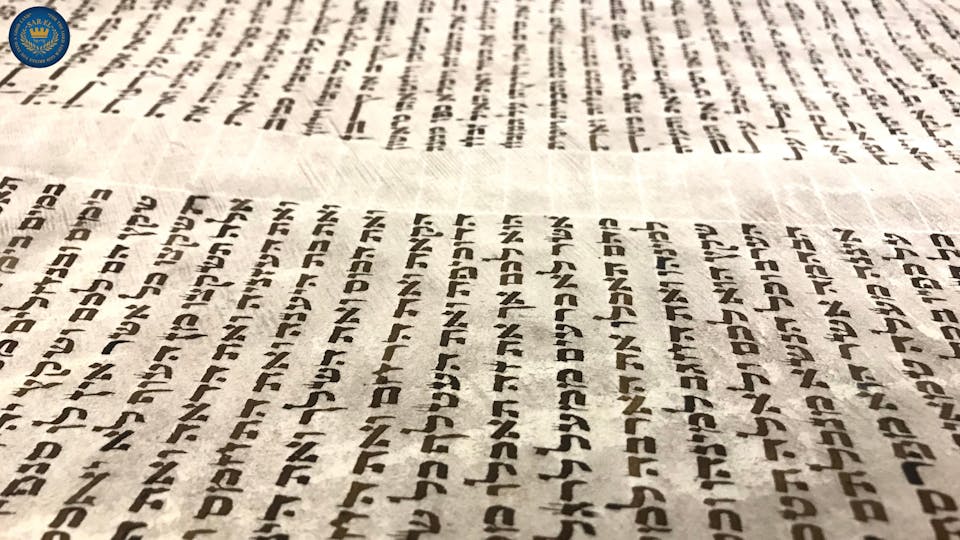
Why the Book of Isaiah?
Remember that of the hundreds of scroll fragments containing partial biblical Hebrew texts, only the book of Isaiah was discovered in its entirety! Why was that?
Perhaps because Isaiah, whose extensive prophecies give us some of the clearest Old Testament insights and revelations concerning the Messiah, His character, His mission, and Israel’s future, is the one who wrote:
“Seek the LORD while He may be found, call upon Him while He is near. For as the rain comes down, and the snow from heaven, and do not return there, but water the earth, and make it bring forth and bud… so shall My word be that goes forth from My mouth; it shall not return to Me void, but it shall accomplish what I please, and it shall prosper in the thing for which I sent it.” (Isaiah 55:6).
Of the hundreds of verses of Scripture that declare the power and the effects of God’s Word, this particular verse of Isaiah 55:6 is possibly the most quoted and studied of all. It affirms beyond any shadow of doubt the total and complete inevitability of God’s Word and His promises being fulfilled on earth according to His precise purpose and plan.
Amazingly, in Qumran’s deep caves, hidden from sight for thousands of years, the prophecy of Isaiah containing these words of God were brought to light just as the nation of Israel was being reborn in her ancient homeland!
Was it a coincidence, or could it be that God, by His sovereign will and predetermined purpose, brought to light His promises and confirmed His commitment to His people Israel, declaring that His Word WILL come to pass and that His purposes SHALL be fulfilled in our time?
Is it not incredible to realize that in our generation, in the very year preceding the historic and miraculous rebirth of the State of Israel, these promises of God were rediscovered and put on display for the whole world to see the “Dead Sea Scrolls of Qumran?”
Inscribed 2,000 years ago by Essene Jewish priests who fled the corruption of Jerusalem; hidden and stored away in the deep darkness of the Qumran caves; these revelations waited silently and patiently to be unearthed and deciphered in our generations.
No wonder the Qumran Caves are a MUST visit for many of our Sar-El Tours pilgrim groups who arrive in the Holy Land.
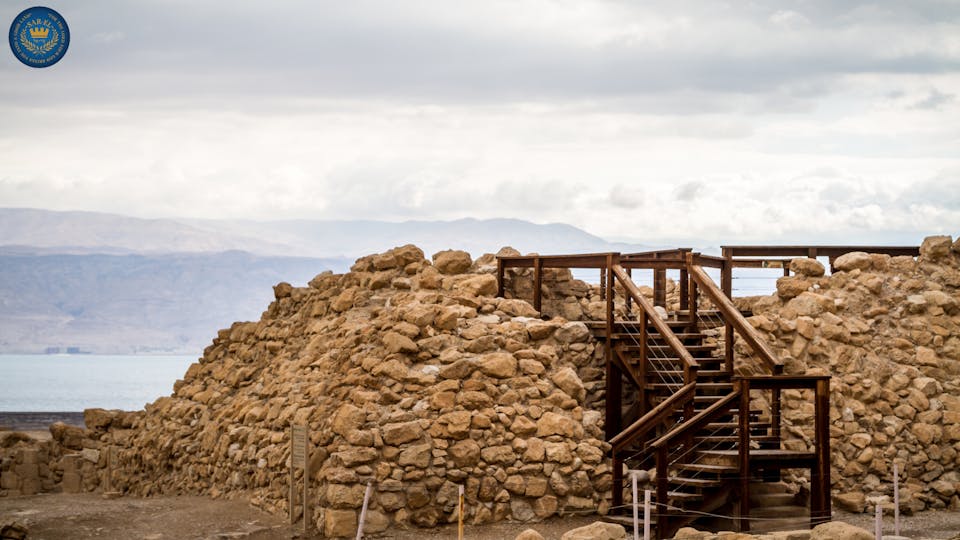
Remarkable Archeological Discoveries
Archaeological excavations in the Qumran area uncovered numerous ritual baths, spacious dining rooms, and an extensive library. These findings bear witness to the devoted Jewish worshipers who separated themselves from the world, upheld the word of God, and waited earnestly for the fulfillment of His promises.
This incredible ancient community, their lifestyle, dedication, and the vision of those ancient Essenes is a point of inspiration for many of our Sar-El groups as they travel by the Dead Sea.
- The fact that so many ritual baths were discovered on the site of Qumran from different time periods testifies to the fact that ritual purity was a very important part of the Essenes’ lifestyle and religious convictions. Twice a day, each person would immerse themselves in the cleansing waters in order to fulfill their purification vows. To support such frequent water use in this arid and dry region, Qumran's residents built a dam and an aqueduct which gathered the winter rainwater and channeled it to reservoirs and pools for year-round use.
- One of the interior rooms in the main site was determined by the excavation teams to be the library, though no scrolls were found there. Rather, it was the unique pottery vessels that were found on-site and also in the surrounding caves where the scrolls were stored, that tell us that these scrolls were actually written at that Qumran library.
- Not far, over 1,000 complete dining vessels were discovered such as cups, plates, and bowls in what is believed to be the large communal dining hall.
- Of the 1,100 graves discovered in the Qumran cemetery, 50 have been excavated and studied. Since Qumran was a community of celibate men, and since the community survived and grew by adopting male children from other families, archeologists were surprised to find graves of women and children on site. And while there are numerous possible explanations for this phenomenon, the most likely is that wandering Bedouins buried their dead in these same cemeteries in later centuries, a common Bedouin practice.
Of the many caves found in the Qumran area, eleven caves yielded fragments of biblical and extra-biblical texts. Sar-El groups visiting the site especially enjoy the breathtaking views from the lookout above Cave #4, where the "mother lode" of texts was discovered.
More adventurous visitors, guided by one of our experienced Sar-El Tours Licensed Guides, can also hike to nearby caves that are a bit farther from the educational Visitors Center.
Bringing light from the darkness and revealing ancient biblical treasures which were hidden for thousands of years, Qumran truly fulfills the claim that “in Israel, the Bible surely comes to life.” We are looking forward to helping you experience this great truth for yourself.
Contact us today; our team is standing by to help you realize the dream.